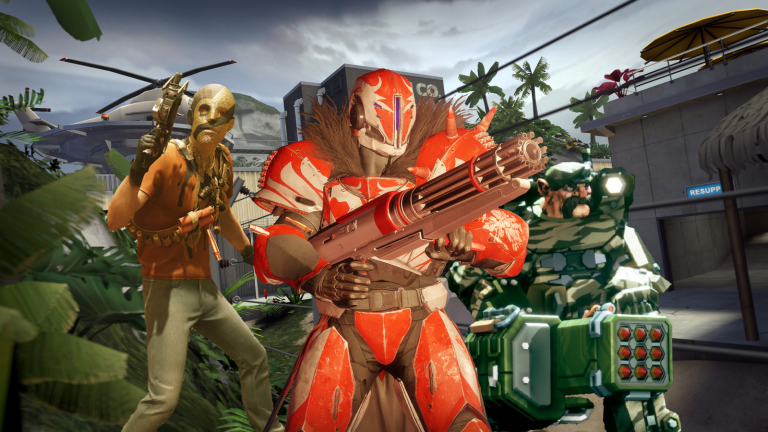The first-person shooter (FPS) genre is a cornerstone of online gaming. It’s a universe built on fast reflexes, tactical thinking, and the satisfying feeling of a well-placed shot. From its humble origins to the global esports stages of today, the FPS has evolved into a deeply engaging and complex experience. This is a deeper look at what makes this genre tick, from the mechanics that define it to the communities that drive it.
The Evolution of a Genre
The FPS genre has a rich history that dates back to the early days of 3D gaming. While games like Maze War (1973) and Spasim (1974) laid the groundwork, it was id Software’s Wolfenstein 3D (1992) that truly popularized the genre. This was followed by the iconic Doom (1993), which introduced a multiplayer deathmatch mode and solidified the genre’s focus on fast-paced action. Games like Quake and Unreal Tournament further refined the mechanics, and with the rise of the internet, titles like Counter-Strike brought competitive FPS to the masses.
Today, the genre is more diverse than ever. We have the high-stakes tactical gameplay of Valorant and Counter-Strike 2, the massive scale of Battlefield, and the fast-paced, hero-based action of Overwatch. Each of these titles offers a unique experience, but they all share a common DNA: the pursuit of a well-executed play.
The Mechanics of Mastery
At its core, FPS gaming is about two things: aiming and movement. But “from clicks to kills” is a journey that involves so much more.
- Aiming: This is not just about point-and-click. It’s about crosshair placement, flick shots, and tracking. Professional players spend countless hours in training modes and aim trainers to build muscle memory and perfect their precision.
- Movement: A good player doesn’t stand still. They use movement to dodge enemy fire, reposition for an advantage, and close the distance for a kill. Strafe-jumping in Quake and wall-running in Titanfall are just a few examples of how movement can become an art form.
- Game Sense: This is the intangible skill that separates the good players from the great ones. It’s about anticipating enemy movements, understanding the flow of the match, and making the right strategic decisions in a split second. It’s an intuitive understanding of the game’s rhythm.
- Teamwork and Communication: In modern team-based FPS titles, individual skill is amplified by the ability to work together. Clear callouts, coordinated pushes, and a shared understanding of the game plan are what win matches.
The Community and Culture
FPS gaming is a global community. It’s a place where players form lasting friendships, celebrate victories, and mourn defeats together. The culture is built on a shared passion for competition and a deep appreciation for high-level plays.
The rise of esports has transformed the genre, turning top players into celebrities and major tournaments into spectacles. Tournaments for games like Valorant and Counter-Strike draw millions of viewers and offer immense prize pools. This professional scene inspires a new generation of players to hone their skills and chase their dreams.
Of course, the vast online world offers more than just competitive FPS. It provides a wide range of entertainment options that cater to different interests. While some gamers enjoy the intense action and strategy of shooters, others find their fun in more casual or luck-based platforms, like the entertainment found on qqemas or the more traditional offerings on a site like postogel. These different gaming experiences highlight the breadth of the online landscape and prove that there is a game for every person and every mood.
Whether you’re a seasoned veteran or just starting your journey, the world of FPS gaming is waiting for you. It’s a world where every click matters, and every kill tells a story of skill, strategy, and triumph.

